
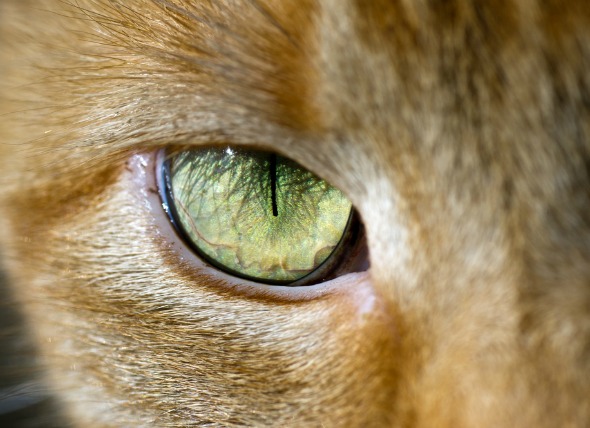
Glaucoma is a condition in which high pressure occurs in the eye, with a failure of normal fluid drainage from the eye. A chronic condition with pressure against the optic nerve will eventually cause permanent damage to the optic nerve, resulting in blindness.
There are two main types of glaucoma: primary and secondary. Symptoms for sudden primary disease, due to the eye's inability to drain through the filtration angles of the eye, are as follows:
Long-term, advanced disease:
Symptoms for secondary glaucoma, or glaucoma due to secondary eye infection(s), include:
In addition, there may be:
High pressure in the eye occurs when the normal outflow of fluid in the eye is impaired due to a primary eye disease such as the improper development of the eye's filtration angles, or secondary to other eye diseases such as primary lens luxation (slipping of the lens in the eye), inflammation of the tissues of the eye, eye tumor(s), or blood collection in the front of the eye from injury. In cats, secondary glaucoma is more common than primary glaucoma.
You will need to give a thorough history of your cat's health, onset of symptoms, as far as you have been able to tell, and possible incidents that might have preceded this condition, such as injuries to the eye (even those which you consider minor). During the physical examination, your veterinarian will test the pressure within your cat's eyes using a tonometer on the surface of the eye. If the disease began suddenly, your veterinarian will refer your cat to a veterinary ophthalmologist for a detailed examination of both eyes, including evaluation of the filtration angles by gonioscopy -- measuring the anterior of the eye. Pressure within the eye can measure as high as 45 to 65 mmHg, making this a very painful condition.
Electroretinography will be also performed by the veterinary ophthalmologist to determine if the eye will remain blind despite treatment. In secondary diseases, X-rays and an ultrasound may show abnormalities within the eye.
Often both eyes are affected, but not always. In cases where only one eye is affected, steps will be taken to protect the unaffected eye from developing a diseased condition.
Your veterinarian will prescribe multiple drugs to lower the pressure within your cat's eye and to get it into the normal range as quickly as possible in an attempt to salvage vision. Cats often have a long-term condition that has lead to the glaucoma before the obvious symptoms become present.
Surgery may be indicated as well. There are different treatments depending on the exact nature of the glaucoma. The fluid may be drained and the fluid producing cells altered to stop fluid buildup within the eye. This process, called cyclocryotherapy, uses cold temperatures to kill the cells that produce intraocular fluid. If found early, this procedure may slow down or stop further progression. However, in most long term cases the eye will have to be removed. The empty eye socket may be closed up permanently, or the eye cavity can be filled with an orb, to keep the ocular space filled.
Most cats will adjust over time to the loss of their eye, especially as they may have been losing their vision over a period pf time. Talk to your veterinarian about ways in which you can help your cat to transition, and how you can help to make its life easier without its sight. In cases where a cat has lost its sight entirely, the owner is advised to keep the cat indoors at all times, as the cat will be more vulnerable without its vision.
If the condition has been caught early enough and your veterinarian is able to manage the condition, you will need to revisit your veterinarian regularly to have the pressure within the eye assessed and to monitor for drug interactions and make changes as necessary. Your veterinary ophthalmologist will examine the unaffected (or "good") eye to determine its risk of also developing glaucoma. Because more than 50 percent of cats with primary glaucoma will develop complications in their unaffected eye within 8 months, preventative therapy should be done quickly.
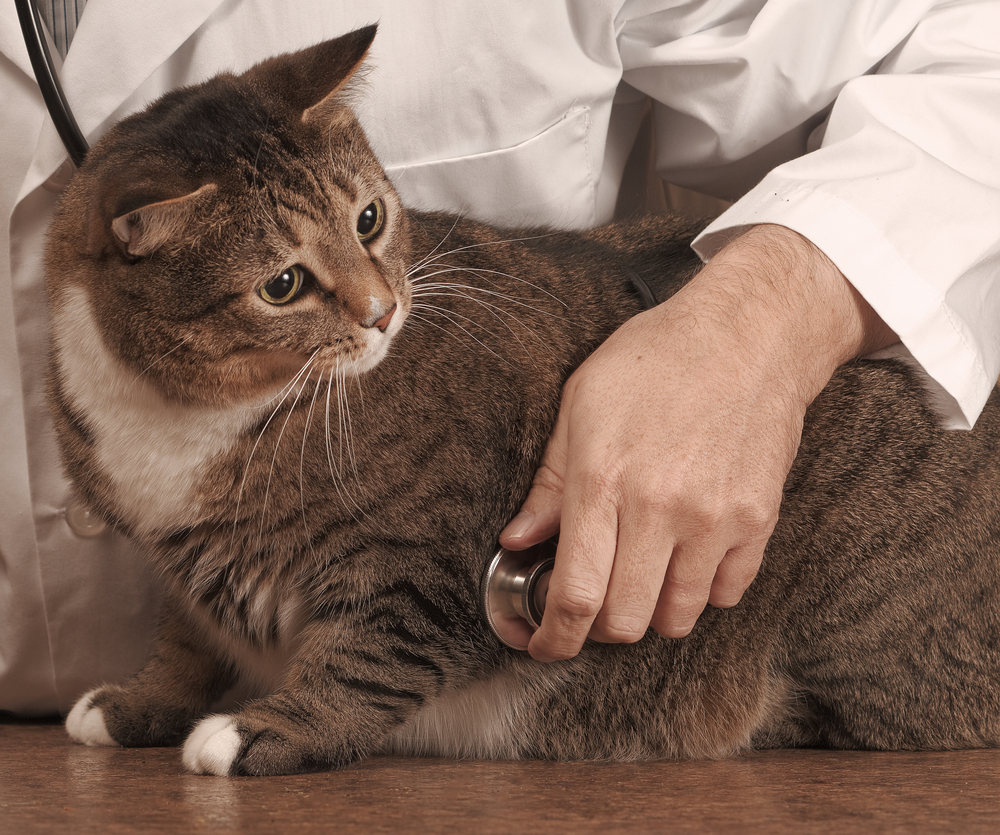 Excess Protein in the Cat's Urine
Proteinuria in Cats
While in some cases abnormall
Excess Protein in the Cat's Urine
Proteinuria in Cats
While in some cases abnormall
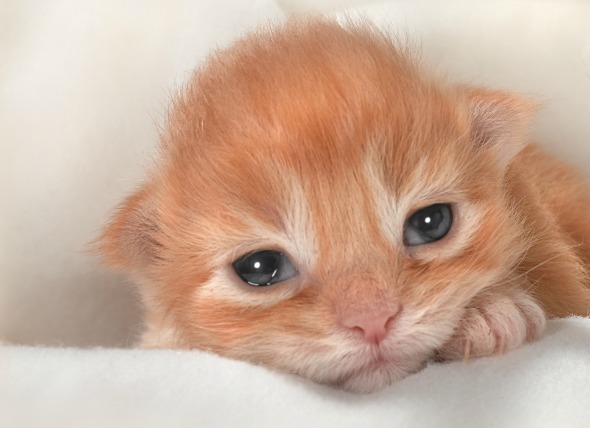 Eye Infection in Newborn Cats
Ophthalmia Neonatorium
One of the infections that
Eye Infection in Newborn Cats
Ophthalmia Neonatorium
One of the infections that
 Why a Siamese Cat Will Always be My Best Friend
A Siamese cat will let you be their best friend.But the
Why a Siamese Cat Will Always be My Best Friend
A Siamese cat will let you be their best friend.But the
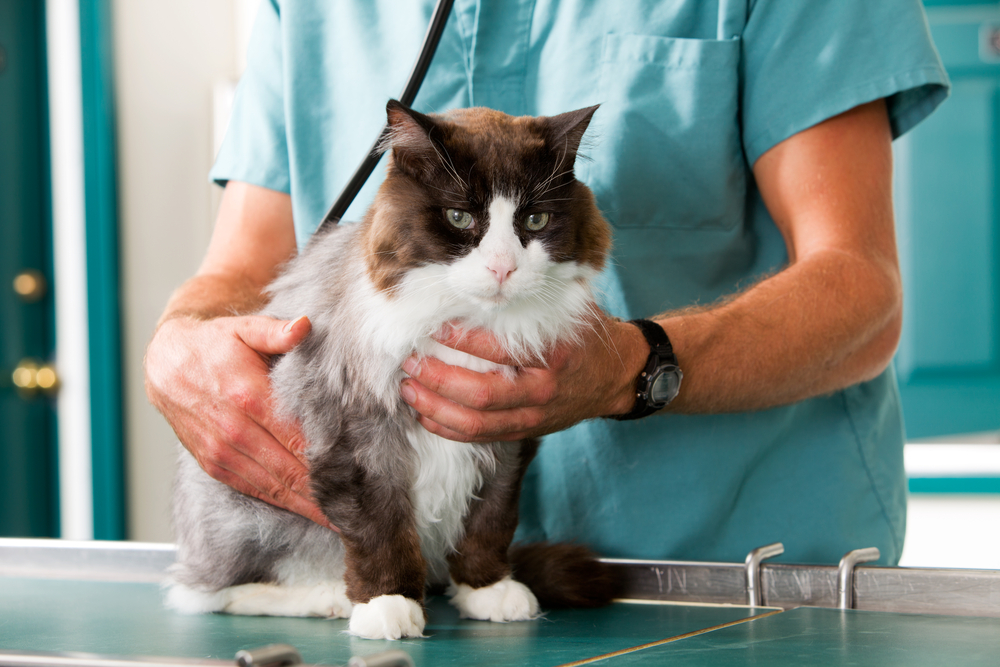 Foot/Toe Cancer in Cats
Digital Squamous Cell Carcinoma in Cats
Cats can
Foot/Toe Cancer in Cats
Digital Squamous Cell Carcinoma in Cats
Cats can
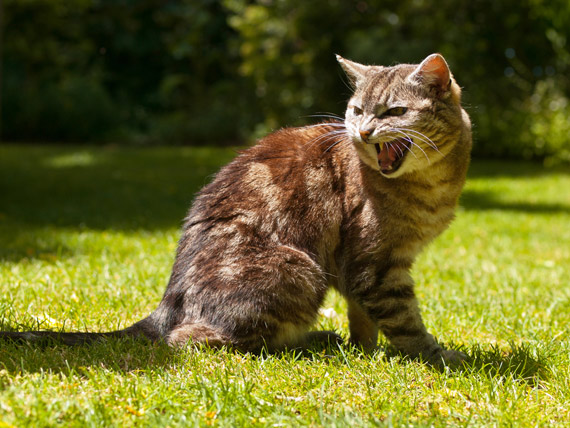 Aggression in Cats (Overview)
Cats are small, and often become the target of ot
Aggression in Cats (Overview)
Cats are small, and often become the target of ot
Copyright © 2005-2016 Pet Information All Rights Reserved
Contact us: www162date@outlook.com